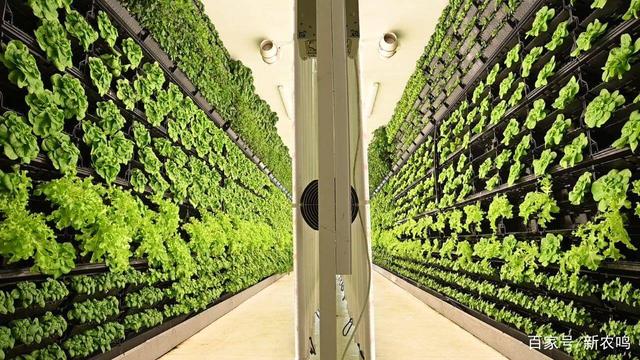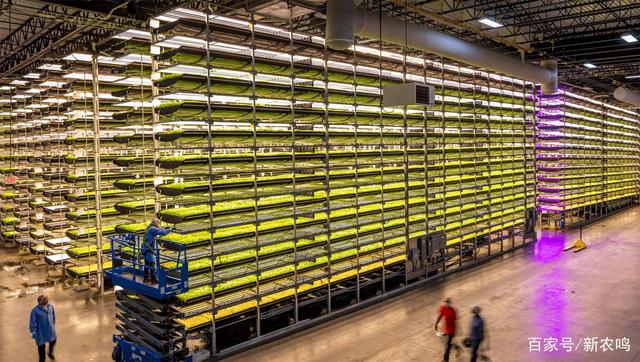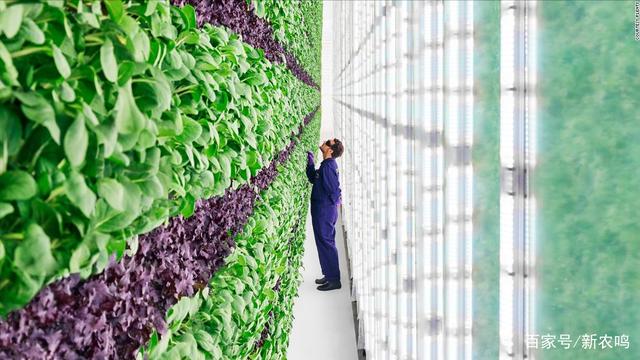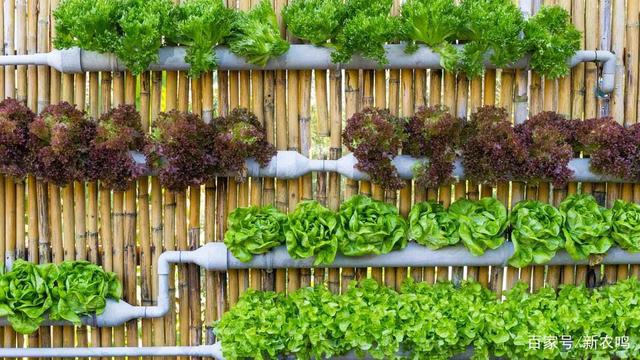News Center
Number of readings:88
Against the background of repeated outbreaks, frequent extreme weather and soaring fossil energy prices are bringing unprecedented impact to the global food supply chain. The sharp fluctuations in food prices and vegetable prices have caused people living in cities to worry about obtaining sustainable and stable food supply. Perhaps vertical agriculture will be the key to solving this problem. So, what is vertical agriculture? Why should vertical agriculture be brought into cities? What factors restrict the development of vertical agriculture at present?

What is vertical agriculture?
If traditional agriculture is regarded as farming on the same horizontal plane, then vertical agriculture is to move one horizontal plane planting system into the room and expand it vertically to maximize the use of planting space. Vegetables or grains planted are not grown in soil, but in circulating water, or even in the mist containing nutrients, water and oxygen. In short, the ultimate goal of vertical agriculture is to produce more food with less energy consumption and less land resources.

Why should vertical agriculture be brought into cities?
The most important reason for bringing vertical agriculture into cities is that, according to the current population growth rate, the world population will increase from 7 billion to 9 billion by 2050. At the same time, climate change may reduce the crop yield by 25%, and there will be no fertile land to feed everyone at that time. Human beings must face to produce more food with less land, which provides an opportunity for the development of vertical agriculture.
Taking leafy vegetables as an example, it takes about 30-45 days for traditional production methods, and only 15 days for vertical agriculture from planting to harvesting. In addition, due to the closed environment and the stacking of vertical agriculture, each mu can have hundreds of times more crops than traditional planting. All this is achieved through hydroponics or air culture. Hydroponics is a way to plant plants indoors, which means that the roots of plants are located in nutrient rich circulating water, which actually reduces the water consumption. A study shows that the water consumption of vegetables produced by hydroponics is 90% less than that of traditional cultivation. Air culture is to spray nutrient rich water mist on the roots, and the water used is 70% less than that of hydroponics.

At present, many agricultural products are often transported across regions or even across borders, ranging from two or three days to one week or even longer. While more fuel is needed, there is a risk of deterioration and the flavor of the products will be affected. At present, the breeding of many agricultural products is developing towards the direction of storage tolerance rather than providing better flavor, because they must be transported to all parts of the country by large trucks. After the introduction of vertical agriculture, we can focus more on improving the quality, and will not lose the nutritional value when transporting food, because you can now deliver vegetables from the production site to the table within a few hours.
I believe that each of us has a deep understanding of the fluctuations in vegetable prices caused by seasonal and climatic factors each year. According to statistics, 20%~40% of the crops we grow are damaged by pests and diseases. In a closed environment without soil, you can accurately control all aspects that affect the growth of crops through computer programming. From temperature, humidity, lighting to nutrients, they can provide the best growth conditions for each type of plant. This means that crop growth is not damaged by diseases and pests, so you do not need fungicides and pesticides, and you can get healthier and more nutritious food. It also means that crops will not be affected by climate change and seasons. Vegetables are available throughout the year and the price is the same.

What factors restrict the development of vertical agriculture?
In fact, vertical agriculture is not a new thing. From its development history, vertical agriculture has high cost and low efficiency, which cannot make it a better choice than traditional agriculture. Planting plants indoors requires not only water, but also control systems such as air circulation, water pumps and sensors, which require energy consumption, and there is no sunlight indoors. How to obtain available light sources determines the cost of the entire vertical agriculture. Traditional agriculture has a free light source: Taiyang. While vertical agriculture can only use artificial lamps, which will produce full spectrum visible electromagnetic radiation. However, it has been proved that chlorophyll mainly reacts to the red and blue light bands during photosynthesis of plants, which means that a large amount of growth light energy is wasted, and the heat they emit can actually harm plants.
In the past, the installation of a fully automated vertical agriculture may require a hundred million yuan level of investment, but now, with the vigorous development of solar energy, robotics and other industries, the price of these technologies is plummeting. Especially LED technology, three elements make LED very suitable for vertical agriculture. First, LED emits very little heat. Second, LED light consumes much less energy than incandescent lamps or fluorescent bulbs. Third, LED can emit light of a specific color, which means that LED lights of a specific color most suitable for plant growth can be installed according to the chlorophyll absorption spectrum.
In a word, the price of the technology that restricts the large-scale promotion of vertical agriculture has been falling, falling, and declining, while the efficiency has been rising, rising, and rising. We are really transitioning to a world where people and machines cooperate in an increasingly better way to make agriculture a better world.

At present, the input of vertical agriculture is still more expensive than that of traditional agriculture, but there are still other advantages to remember, such as less water, planting crops under almost any conditions, and because vertical agriculture can be brought into cities, you will burn less fossil fuels to provide fresh vegetables and fruits for restaurants and farmers' markets. Perhaps in the near future, you will no longer have to get up early to go to farmers' markets. What do you think about the future of vertical agriculture? Welcome to leave a message in the comment area to discuss!
Source: Xinnongming
- 2022-12-05 10:31:00
Key word of the new agricultural cycle: "urban agriculture"
2022-12-05 10:20:07Vertical agriculture: maybe the new future of urban agriculture!
2022-12-05 10:13:47Accelerate innovation and seize the time to break through the "choke" problem
2022-12-05 10:06:54The first summit forum for training outstanding engineers was held
2022-12-05 10:02:19






